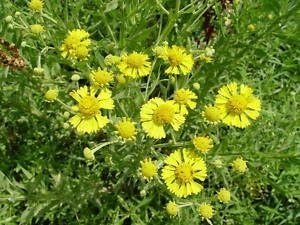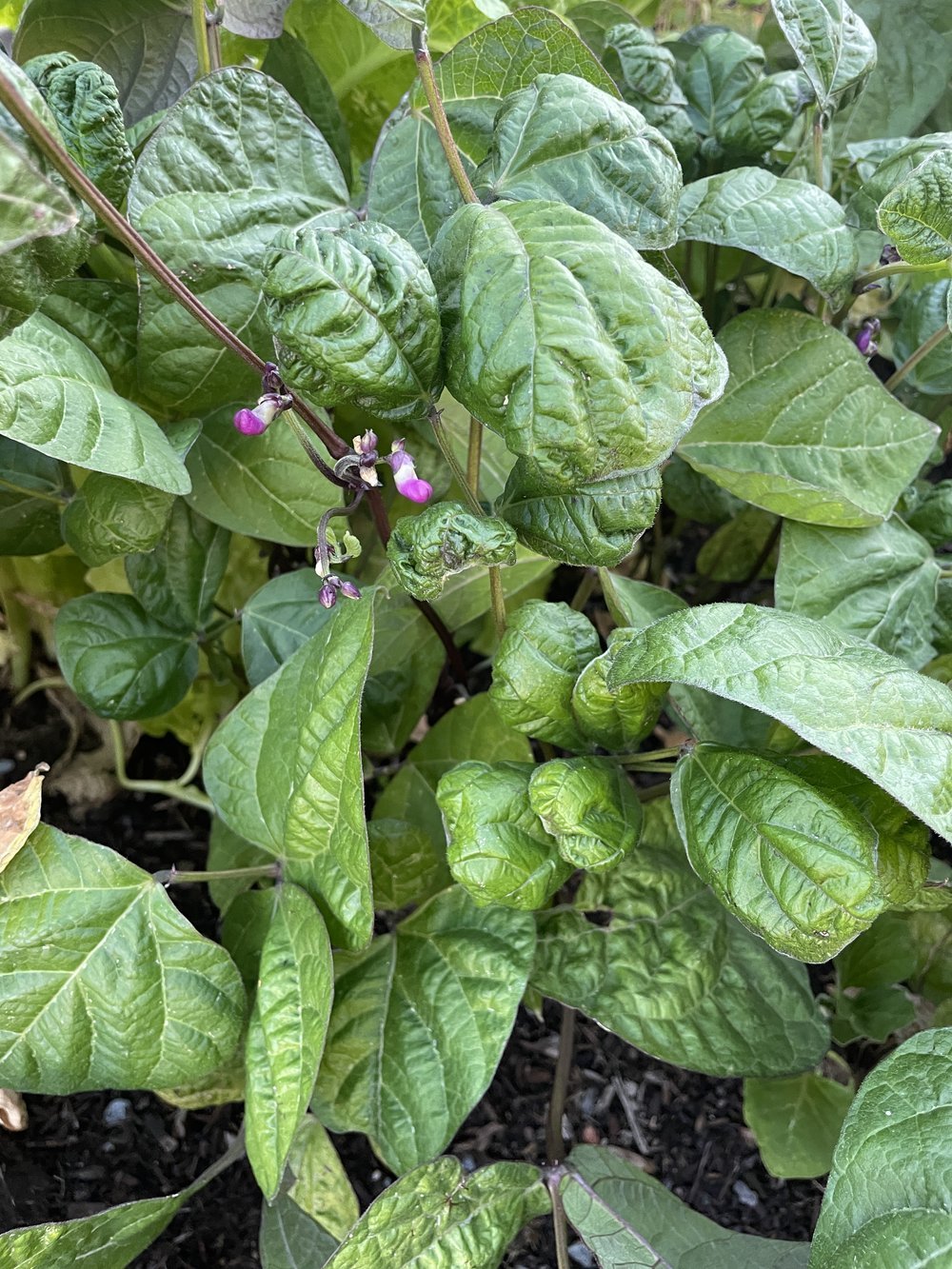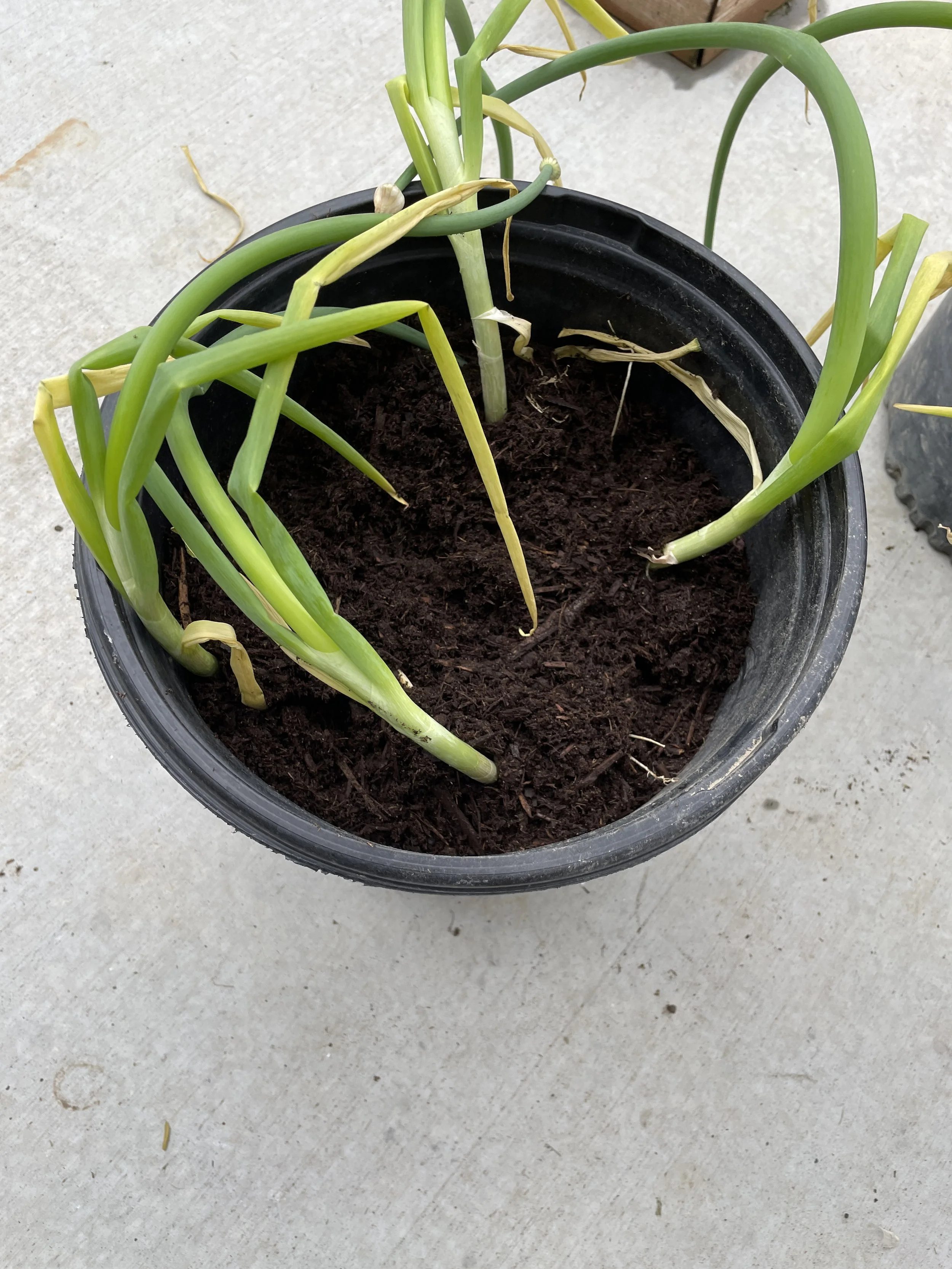Index of Farmer's Market Online® Guides
Farm Kitchen
Breads
Chocolate
Coffee
Corn
Curry
Raisins
Spices and Culinary Herbs
Tea
Good Spirits & Fine Liqueurs
Bourbon
Brandy
Gin
Rum
Tequila
Vodka
Whiskey
Home & Garden
Candles
Dough Figurines
Wreaths
In Season
Air Plants
Aloe Vera
Artichoke
Asparagus
Basil
Blackberries
Blueberries
Blood Orange
Cabbage
Catnip
Cranberries
Egyptian Walking Onions
Figs
Garlic
Grapefruit
Kale
Kohlrabi
Pawpaw
Peaches
Pecans
Peppers
Pomegranates
Pumpkin
Shelling Beans
Sour Cherries
Meats & Fish
Turkey
Nuts & Grains
Chestnuts
Plants
Air Plants
Azaleas
Bigleaf Hydrangea
Bonsai
Bronze Dutch Clover
Camellia
Carnivorous Plants
Catnip
Chestnut
Christmas Cactus
Cranberry
Easter Lily
Gentian
Heuchera
Mint
Orchids
Ornamental Cabbage
Ornamental Grasses
Pasque Flower
Pawpaws
Pinyon Pine
Poinsettia
Roseroot
Salvia
Sneezeweed
Voodoo Lily
Zinnia
Specialty Foods
Spices
Egyptian Walking Onions
Also known as the tree onion, the walking onion or the topsetting onion, the Egyptian Walking Onion is a cold-hardy perennial that can be grown and harvested year-round.
This onion is not native to Egypt. Its name probably derives from traits once associated with "gypsy" -- a wandering nature.
Unlike most onions that grow underground as bulbs, this variety produces clusters of small bulbs at the top of a tall stalk. As the bulbs mature the stalk gets top-heavy, causing it to bend over to the ground. The young bulbs then take root away from the mother plant as if they were "walking" to a new location.
Harvest and use young leaf blades like chives or the mature ones like scallions. The little bulblets can be eaten raw, cooked or pickled, or preserved for propogation. The onion bulb can be harvested and used like any other onion.
Bulbs should be planted late summer to fall, giving the plant time to mature by the following summer. Over time, each plant will multiply and develop a clump of several plants that can be divided in spring. Separating the clumps and spacing them will yield bigger bulbs.







